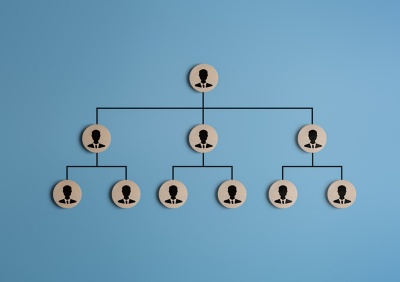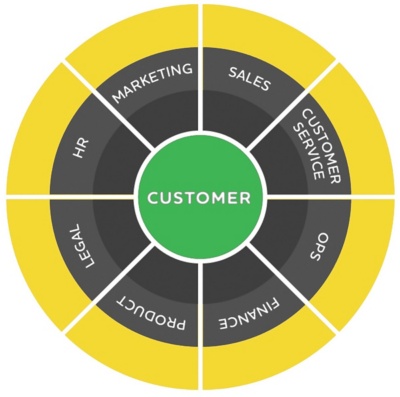2. Why AI Forces a Flip to People-Centered Design
AI isn¡¯t just changing how we work. It¡¯s changing what we expect from work.
Think about it: when AI agents take over the tedious stuff like status updates, reporting, and scheduling, what¡¯s left is the work that only humans can do. Work that requires creativity, judgment, collaboration, and empathy.
When the bots take care of the busywork, employees aren¡¯t left wondering what to do next. We¡¯re looking for something better. We want to spend time on work that matters: solving problems, creating new ideas, collaborating across teams, and making a real impact.
But here¡¯s the rub: the org chart we¡¯ve lived with wasn¡¯t designed for that kind of work. Rigid corporate structures are great for control and reporting. They¡¯re terrible for agility, creativity, and connection.
That¡¯s why AI becomes a forcing function. By stripping away routine tasks, it exposes the gaps in how organizations actually create value. Suddenly, it¡¯s obvious that innovation doesn¡¯t happen inside a box. Collaboration doesn¡¯t happen up and down a line. And customers certainly don¡¯t care what department owns what.
?
Actions for Leaders:
¡ú Ask yourself: if AI stripped away the busywork tomorrow, would your people have the freedom and systems to focus on creativity, judgment, and collaboration?





